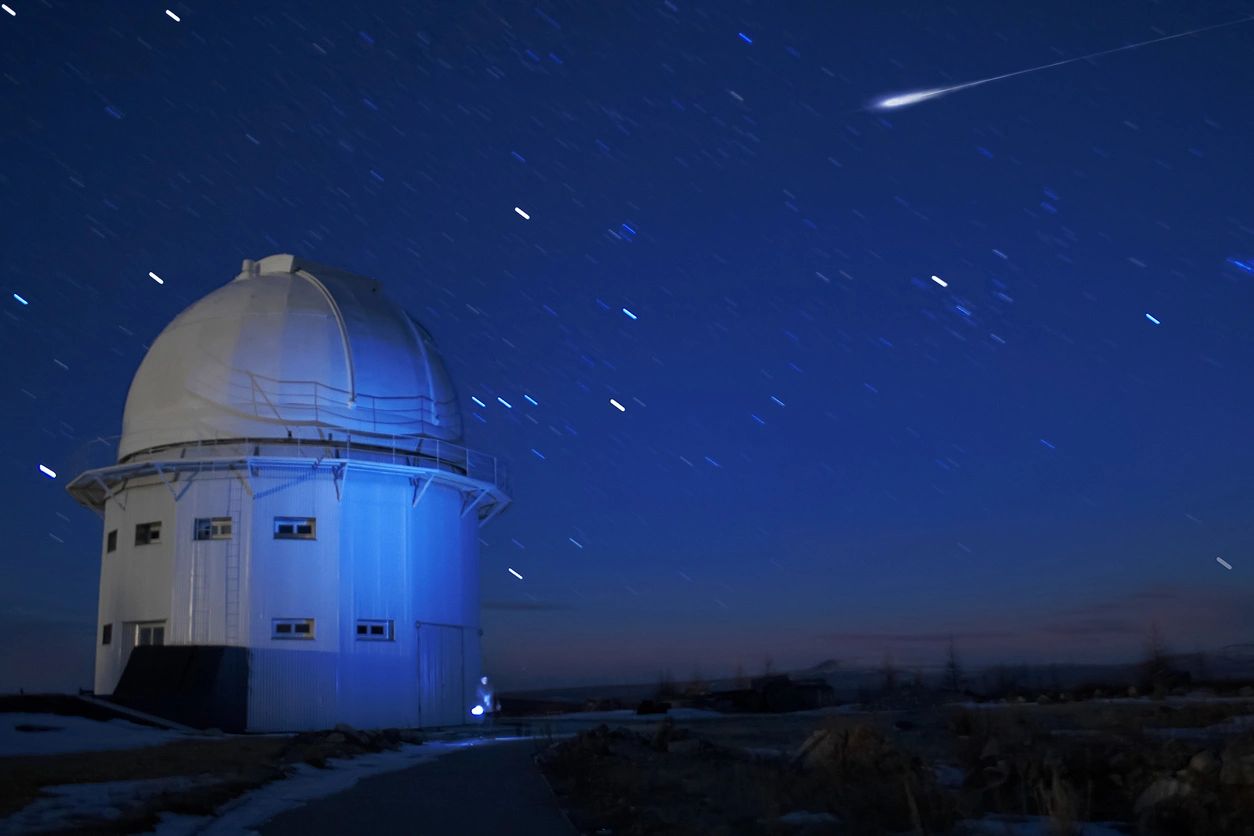by GEORGE STAHL
It was 244 years ago on the clear night in March, and William Herschel a 43-year-old astronomer, was working in his lab /observatory when he caught sight of something through his telescope that had the characteristics of a comet. The huge gas ball appeared to be moving through space when Hershel first spotted it. He decided to keep his eye on it and four nights later he wanted to see if it had made its way out of his telescope’s range, like it should have.
When Herschel came back to his comet, he was surprised that it had not moved. It was still in the same place in space, right where he left it. He did not usually make mistakes like that, and he was a little frustrated with himself until he realized the true magnitude of his vision! The object was not a small comet at all. It had no tail and it seemed to be moving in a straight line around the sun. Hiding amongst the stars that make up Aries the Ram constellation, its aquamarine tint was not easily seen all the time. Herschel tried looking for the object every night between 10 and 11 o’clock. Each time he either saw more of the object, or just a little less of it. On Mach 13 at 11:00 pm Herschel made his biggest discovery. The object had a trajectory equal to a planet’s orbit. He sat back away from his lens and knew he had just discovered the seventh planet in our solar system.
According to astronomers’ protocol if someone saw something they determined to be a planet it had to be verified by at least two other qualified astronomers. So, before Herschel could call his once thought of comet without a tale, anything else, he had to get it verified. In 1780 where does a German Born British astronomer living in Bath England go to get his planet verified? His first stop was fellow astronomer and sister, Caroline Herschel with whom he would later work with to discover a number of other celestial bodies. She observed the large blue sphere and corroborated Herschel’s finding. One down, one to go. Herschel’s next stop was to the top of the astronomy food chain, the Astronomer Royal himself, Nevil Maskelyne. King George III had appointed Maskelyne to the position because of his extraordinary work with all things space at the time. Sort of like the Issac Asimov of his time. When Herschel approached the Royal stargazer, he was met with some skepticism, but eventually Maskelyne had no choice but to agree and call Herschel’s discovery a planet. That is how the seventh planet in our solar system was brought into the fold.
Now for a name. What do you call such a planet? It was huge, it was all gas, and it was blue. So, logically, Herschel wanted to name it The Georgian Star after King George III, the man who he admired most. Not so good. We had Mercury, Venus, Mars, Jupiter and Saturn, and of course Earth. What did all of these planets have in common? One-word names. Add The Georgian Star to that list and the flow is broken. Besides, as some of Herschel’s colleagues pointed out, The King had just lost the colonies in the American Revolution four years earlier. No American scientist, let alone the average person would like seeing a planet named after the King of England. So, George lost…again, and a contest was started to name the massive, gaseous, blue sphere. The winner? German astronomer, Johann Bade. Seeing a theme already started, Bade suggested a Greek god name. Some of the bests were taken so he searched for a lesser-known god and came up with Uranus. It could be a problem some thought, especially if it were mispronounced, but nonetheless the name was accepted, and Herschel was credited with the discovery of Uranus.
Time went on and Herschel and his sister were busy with future discoveries in the distant regions of the Milky Way. No other planets, but dozens of stars, moons and other things floating around in space. In his later years, Herschel was the first to see two of Saturn moons, and he even went back to where it all began and found that there were rings around Uranus, similar to the gases that encircled Saturn. One of his last accredited works in astronomy was his naming of those large, small and medium pieces of rock hurling through space. He called them…asteroids.
Uranus, asteroids, moons and rings, that was Herschel’s life. All the way up to his death in 1822 at 84 years old…the same number of years it takes Uranus to circle the sun.





